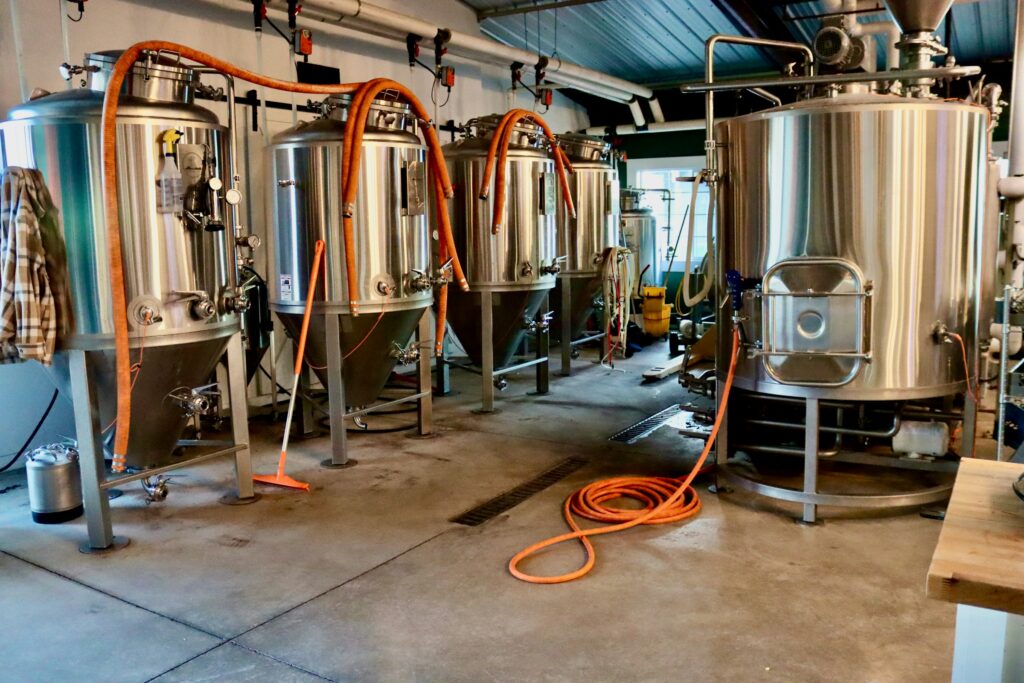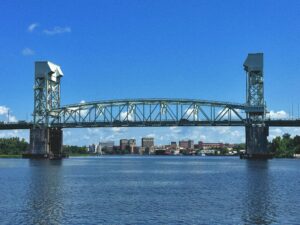Is there PFAS in your pint?
The only thing hazier than your favorite IPA might be the chemicals lurking in it.
Many popular beers — from both small breweries to large domestic and international ones — contain types of per- and polyfluoroalkyl substances (PFAS) linked to cancer and other health problems, according to a new study published in Environmental Science and Technology that looked at PFAS in 94 samples of beer.
The study authors said their findings add to evidence of widespread PFAS contamination in water supplies and “provide insights for brewers and water utilities on treatment needs, and support informed decision-making for consumers.”
PFAS are a group of more than 9,000 chemicals that include several types linked to cancers, damage to organs and the immune system and other health problems. Two types of PFAS known to be particularly dangerous — perfluorooctanoic acid (PFOA) and perfluorooctanesulfonic acid (PFOS) — were both detected in some of the beers, the study said.
Researchers went to North Carolina retail stores and purchased 15 canned beer types made in smaller US craft breweries, including: 10 beer types from North Carolina breweries, two from Michigan and two from California; and one from Colorado. Researchers intentionally targeted beers made by breweries located near bodies of water that have been found to be contaminated with PFAS from North Carolina and Michigan and California. They also purchased five popular national beers and three international beers that are brewed and sold at a much larger scale.
The beers were primarily lagers and ales. Researchers found PFAS in 11 of 19 beers in their first round of testing, including 80% of domestic beer samples. Next they tested 75 samples from 15 types of beer (using multiple cans for each type) and found PFAS in 95% of the samples.
Several beers broke EPA drinking water standards for specific PFAS, including three beers that exceeded the agency’s limit for PFOA and one that exceeded PFOS limits. Many of the other PFAS compounds tested do not have federal drinking water standards.
PFOA and PFOS are considered so toxic that the EPA last year declared them as hazardous substances, saying they “may present a substantial danger to the public health or welfare or the environment when released.”
“Should you worry about tiny amounts of PFAS in your beer? You betcha,” Terrence Collins, Teresa Heinz professor in green chemistry at Carnegie Mellon University, said. “This very well-executed study should reshape the beer market at both the personal and community levels.”
Representatives of the beer brewing industry said PFAS are a universal environmental issue and not unique to beer.
“You are seeing PFAS show up in everything, beer doesn’t present more of a risk than your local tap water,” said Scott Britton, a scientist that works on brewing microbiology and the editor-in-chief of the Journal of the American Society of Brewing Chemists.
Beer filtration
Beers — which are on average about 90% water — brewed in counties with elevated PFAS in drinking water had the most contamination. The study pointed out that about 18% of US breweries are located in zip codes with known PFAS in their municipal water. While they didn’t name the breweries, beers from breweries in Chatham County, NC, Mecklenburg County, NC, and Kent County, MI, had the highest concentrations of PFAS in samples tested.

“If the water supply is not filtered before it goes out to customers like breweries, or if it is filtered at lower levels, the same [PFAS] signatures show up in beer products,” said Jennifer Hoponick Redmon, lead author and senior director, environmental health and water quality, at RTI International. Breweries that only target pathogens in their filtering would not remove PFAS, she said.
There are more than 9,000 breweries in the US, so filtration methods vary. Chuck Skypeck, technical brewing projects director for the Brewers Association, a nonprofit group that promotes small and independent U.S. breweries, said the Association has told brewery members about the EPA’s drinking water regulations, and it’s common for breweries to use activated charcoal filtration — also called activated carbon — or reverse osmosis.
“You are seeing PFAS show up in everything, beer doesn’t present more of a risk than your local tap water.” — Scott Britton, American Society of Brewing Chemists
Both filtration methods are good at removing PFAS: reverse osmosis removes roughly 94%, while activated charcoal removes about 73%.
“Breweries on private wells monitor their water according to EPA regulations,” Skypeck said. “While breweries using municipal or private sources receive water quality reports from their provider or conduct additional testing.”
Breweries can test for some PFAS: The UK-based LGC Group offers analysis for 13 compounds, for example.
However, the cost of PFAS testing and treatment is “too much of a burden to bear,” for most small breweries, Britton said.
“That’s why small breweries haven’t touched this topic, it’s just out of their reach.”

Cape Fear River Basin PFAS
North Carolina beers, particularly those near the Cape Fear River Basin, had more PFAS detections than Michigan or California beers, “which reflects the variety of PFAS sources in NC,” the authors wrote. The Cape Fear River Basin area is infamously contaminated with a variety of PFAS, much of which is traced back to the Chemours Fayetteville Works site.
Hoponick Redmon, a beer drinker herself, said she tries to limit drinking beers from areas that have higher PFAS levels in water.
“Will I still drink a beer if I’m somewhere like a festival and there’s draft beer there? Yes. But everyday? No,” she said, adding that everyone should be drinking in moderation.
She said those concerned about their beer should check to see if their area has PFAS in drinking water, as then it’s more likely in locally brewed beer.
(Featured image by Getty Images on Unsplash)



